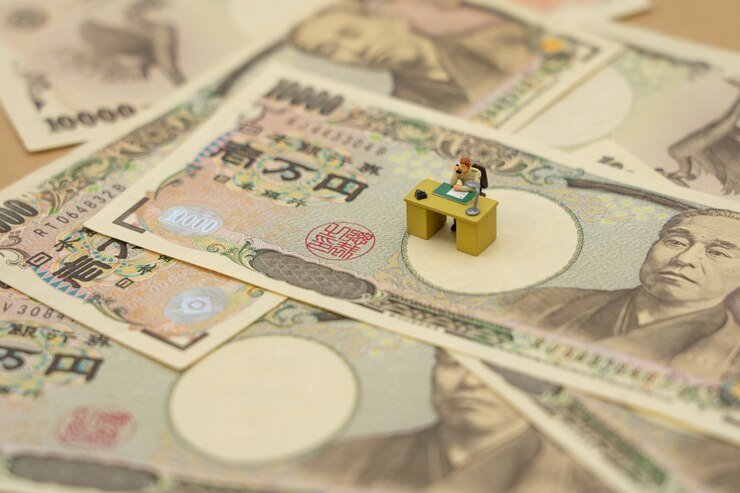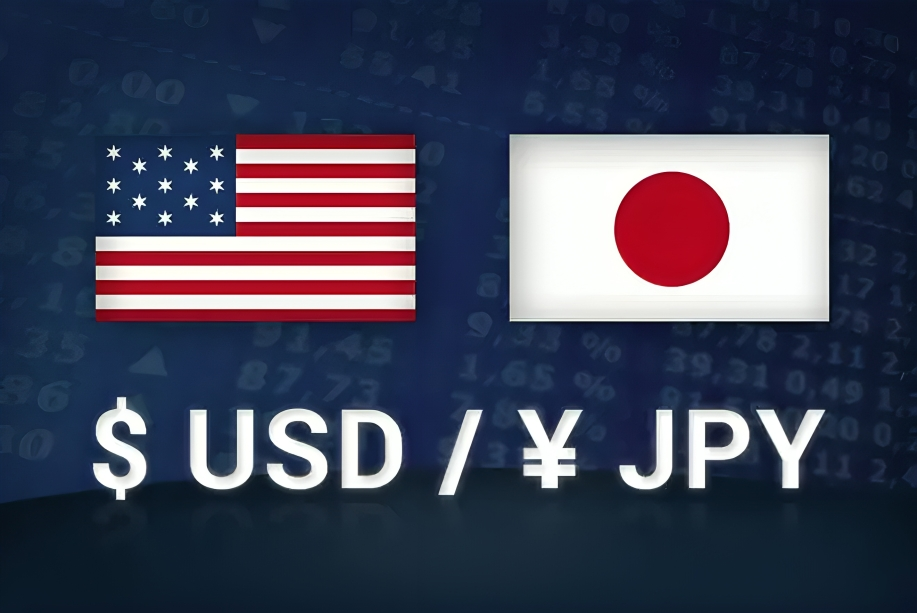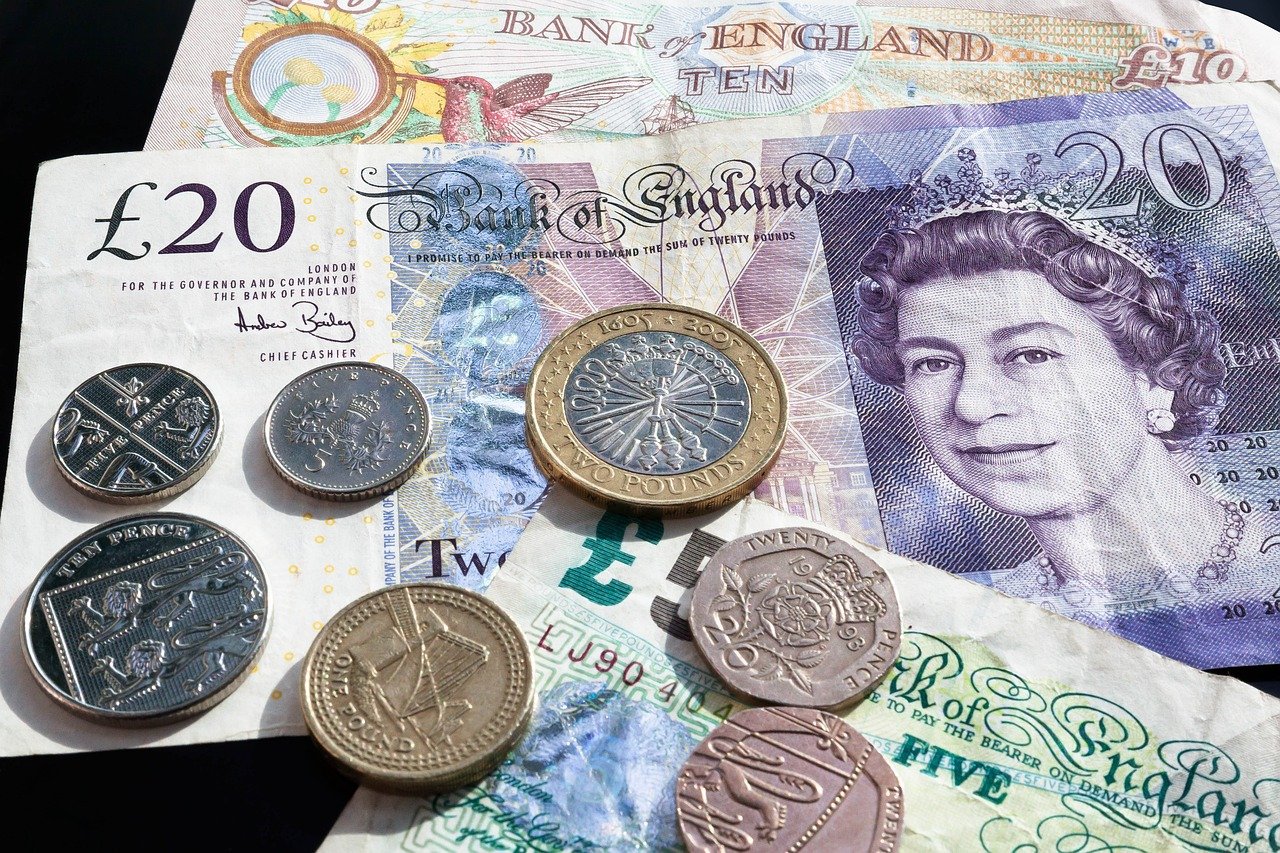The Japanese Yen (JPY) staged a bit of resilience against the US Dollar (USD), pulling out from its multi-day low even as fears continue to simmer on US President Trump’s proposed trade tariffs. While the widening US-Japan rate differential and global risk-off sentiment weigh on the Yen, bets for further rate hikes by the Bank of Japan (BoJ) and rising inflation in Tokyo provide some support. However, fears about the economic fallout from new tariffs imposed on Canada, Mexico, and China, coupled with broad USD strength, continue to limit the Yen’s potential. The BoJ’s ongoing discussions about tightening monetary policy and the narrowing interest rate gap with other economies play a pivotal role in the Yen’s recovery, but its future remains tied to upcoming US macroeconomic data, particularly the Nonfarm Payrolls (NFP) report.
KEY LOOKOUTS
• The Bank of Japan’s potential interest rate hikes could provide crucial support to the Japanese Yen amidst global uncertainties.
• New trade tariffs imposed by the Trump administration on Canada, Mexico, and China could weigh on global markets, making the JPY vulnerable to economic spillover.
• The continued convergence in interest rates between the United States and Japan continues to have a smoothing effect on the upside potential of the USD/JPY pair.
• The global risk-off sentiment, induced by geopolitics and macroeconomic uncertainty, may further enhance the safe-haven status of the Japanese Yen.
The Japanese Yen (JPY) has been experiencing mixed pressures lately in trading. The potential interest rate hikes from the Bank of Japan (BoJ) offer some support, but global uncertainty is still present. The narrowing US-Japan yield differential keeps the USD/JPY pair in check, but the Yen remains vulnerable to concerns about the economic impact of US President Trump’s trade tariffs on Canada, Mexico, and China. With stronger US Dollar tariffs added to that mix, it will continue weighing down on the Yen’s bullish moment. Yet the safe haven status of JPY is still in place given global risk-off, and more specifically, some data from the United States economy would be seen such as Nonfarm Payrolls for further guidance to the currency pair.
The Japanese Yen is supported by Bank of Japan rate hike bets and safe-haven demand amidst global uncertainty, though concerns over US trade tariffs and a strong US Dollar cap its upside potential. Key US economic data, including the Nonfarm Payrolls report, will likely influence future price action for USD/JPY.
• The Bank of Japan’s discussions on further rate hikes provide some support to the Yen despite global challenges.
• Added pressure from Trump’s new tariffs on Canada, Mexico, and China limits Yen’s bullish side.
• Continuation of the broad-based USD strength continues weighing on the Yen and supports the positive bias on USD/JPY.
• Geopolitical and economic risks globally are spurring a risk-off mood; this is seen in the enhanced demand for the Yen as a safe haven currency.
• Japan and US have an interest rate differential that helps cap the upside of the pair USD/JPY.
• Inflation is rising in Tokyo, and expectations for a hike in BoJ policy support it. The pressure on the Yen has been alleviated a little.
• For the next decision in USD/JPY, the upcoming US economic reports are very important, especially Nonfarm Payrolls.
The Japanese Yen is facing support and pressure due to various reasons, both at the global level and domestically, in the Forex market. Another hand that perhaps because of increasing inflation in the Tokyo region, the Bank of Japan may increase interest rates. Safe-haven demand amidst global uncertainty also acted as a minor recovery catalyst for the Yen against the US Dollar. However, the imposition of new trade tariffs by US President Trump on Canada, Mexico, and China is continuing to weigh on the Yen on fears of further deleterious impact on the global economy, pushing up the economic instability and curbing gains in the Yen.
USD/JPY Daily Price Chart

Sources: TradingView Prepared by ELLYANA
The interest rate differential continues to narrow between Japan and the US as the former has kept the policy rate at zero, limiting the upside of USD/JPY. Although the US Dollar is generally strong, the Yen finds some refuge in its status as a safe haven and bears the risk-off sentiment. While attention in the markets focuses on major US economic releases-the most impactful perhaps will be the Nonfarm Payrolls-the direction of the USD/JPY pair will largely be guided by whether the US economy remains resilient or if global trade tensions mount further pressure on risk assets.
TECHNICAL ANALYSIS
Technical analysis is a methodology applied in forex and other financial markets to determine the future course of price movement by studying the historical data primarily through charts and technical indicators. The traders try to find potential entry and exit points by concentrating on patterns, trends, and market signals like support and resistance levels, moving averages, and candlestick formations. Unlike fundamental analysis, which focuses on economic data, technical analysis considers that all the information is incorporated into the price, making it a very powerful tool for the short-term trading strategy. Therefore, by noticing recurring price patterns and trends, traders can be better informed about their decisions as well as handle risk better.
FORECAST
Japanese Yen will see some near-term upswings with expectations of continued rate hikes by the Bank of Japan (BoJ). Tokyo’s inflation increased at its fastest pace in almost a year. In this light, the BoJ may also look to continue the tightening of monetary policy and is likely to continue supporting the Yen. In any case, safe-haven demand for the Yen is also unlikely to lose any steam with heightened global geopolitical tensions and risk-off sentiment. If there is further weakness in the US Dollar such as losing significant strength within disappointing US economic data, or trade tensions rise higher, the Yen might appreciate further. That would put pressure on the USD/JPY pair from its upper side, mainly when and if it breaks the important support levels.
In contrast, the Yen could attract bearish pressure based on continuous fear relating to the economic implication of President Trump’s trade tariffs. With an increased gap in interest rates between US and Japan and a strong US Dollar, it is difficult for the Yen to rise much more. This will mean the bullish bias may persist for USD/JPY as the US economy could outperform growth expectations via Nonfarm Payrolls data and other significant indicators. A break above key resistance levels, such as 156.25, should take the USD/JPY pair to the higher targets of testing 157.00 and potentially 158.00 levels, depending on market sentiment and broader economic conditions.







